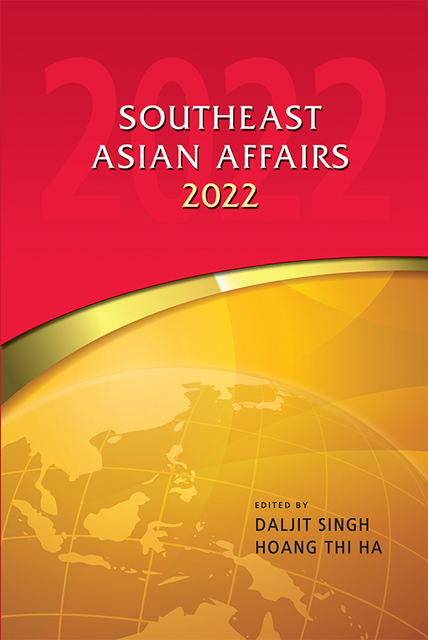Myanmar’s Economy in 2021: The Unravelling of a Decade of Reforms
Published online by Cambridge University Press: 01 September 2023
Summary
Setting the Scene: The Decade of Reforms Ends
By seizing power by force on 1 February 2021, the Myanmar military—or Tatmadaw—effectively put an end to the decade of political and economic liberalization that had been initiated with the establishment of a semi-civilian government following elections in November 2010. Conducted under the 2008 constitution, the 2010 elections were the first since the ones in 1990 that saw the rise of the National League for Democracy (NLD).
The decade from February 2011 to February 2021 were remarkable for Myanmar, a country that had been under some type of military rule and isolated economically since the 1960s. The transition to a hybrid political structure where democratic groups cohabited with the armed forces was accompanied by structural reforms aimed at promoting a market-led economy connected to regional supply chains and the global financial system.
The economic and business reforms were especially impressive under President Thein Sein, the retired general from the military-backed Union Solidarity and Development Party (USDP), who led the first government of that decade from February 2011 to February 2016. Notably, his liberalization of the telecommunications sector epitomized the shift away from a state-led economy, while his suspension of the Myitsone hydropower dam project signalled the willingness of Myanmar to break away with its political and economic dependence on China.
The NLD government that took power in February 2016 also pursued economic and business reforms, and intended to expand and accelerate them after its re-election in November 2020. Still, the NLD faced criticisms during its first term, including from some local businesses and foreign investors, that it did not go fast or big enough with its reforms, especially when compared with the Thein Sein administration. It is true that the NLD took months, if not the entire first year of its term, to become acquainted with the bureaucracy; some of its decision-making and its initial economic appointments were indeed disappointing. The Rohingya crisis from 2016 onwards also affected the NLD’s focus as well as the economy. Nevertheless, the NLD government did continue or initiate significant structural reforms aimed notably at promoting transparency in public finances and procurement.
- Type
- Chapter
- Information
- Southeast Asian Affairs 2022 , pp. 254 - 268Publisher: ISEAS–Yusof Ishak InstituteFirst published in: 2023



